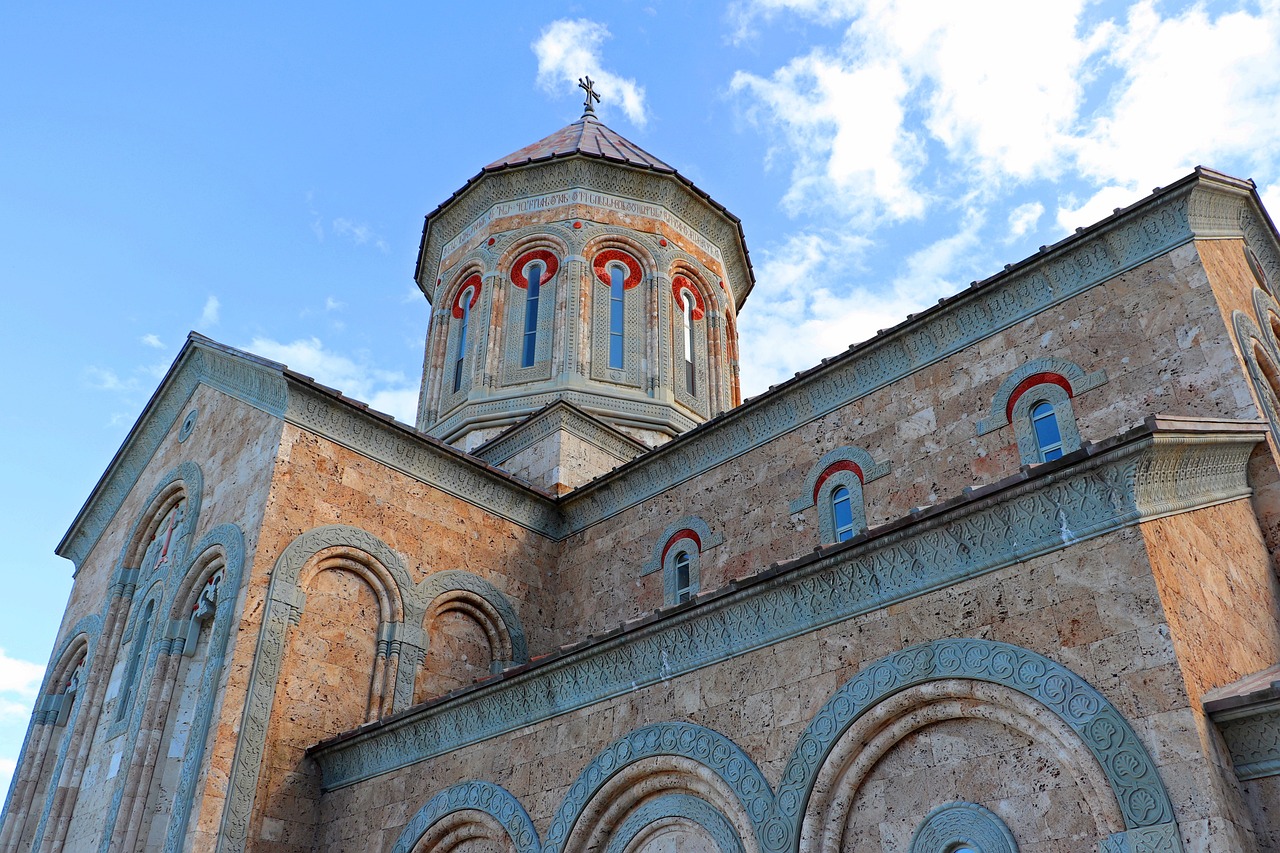Mythology
-
Background Balor was an imposing leader among the Formorians, a menacing and demonic faction oppressing the Tuatha De Danann. His demise was foretold and occurred during the fierce Battle of Moytura, where he met his end at the hands of his grandson, Lugh. The sheer size of Balor was so immense that when he fell,…
-
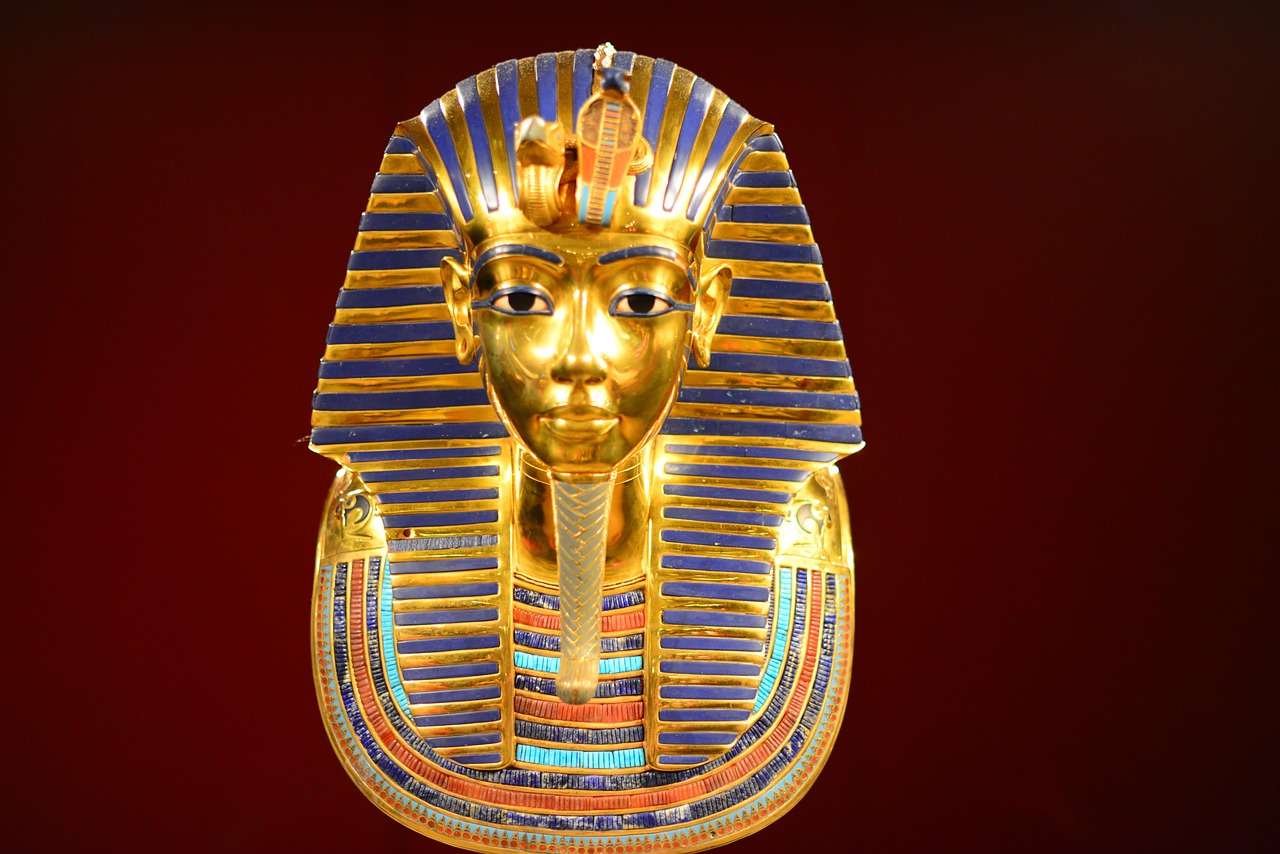
Ancient Egyptian Religion: A Complex Integration of Beliefs and Practices Ancient Egyptian religion encapsulates the indigenous beliefs that thrived from the predynastic period (circa 4th millennium BCE) until the dissolution of traditional culture in the early centuries CE. This framework is crucial to understanding the historical evolution of Egypt and its cultural nuances. While many…
-
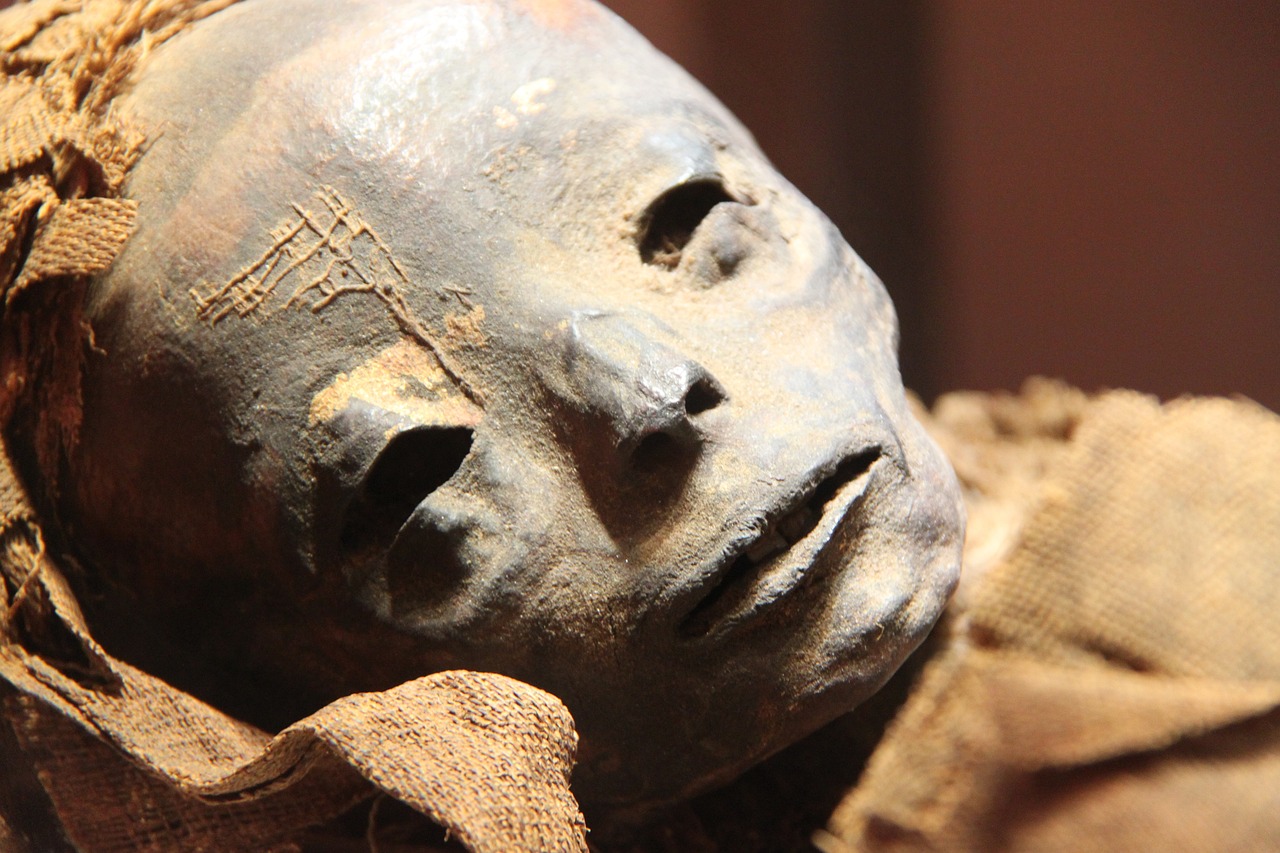
As the embodiment of truth, justice, and cosmic equilibrium in ancient Egyptian mythology, Ma’at held a significant position within the belief systems of her time. Her essence was crucial for instilling order and stability across the society. This piece delves into her myths, associated symbols, and her far-reaching powers. Understanding Ma’at in Egyptian Mythology Ma’at,…
-
The Celtic deity Belenus was revered across many regions during his era. Shrines dedicated to him were uncovered throughout Europe, and records from the 3rd Century identify him as the patron god of the Italian city, Aquileia. His worship also extended to England, where the title of the Celtic King Cunobeline, who governed a significant…
-
The ancient Egyptian deity Ammit, known alternatively as Ammut or Ahemait, embodied the concept of divine punishment. Positioned next to the scales of Ma’at, she was prepared to consume the souls of individuals judged unworthy. Those who failed the afterlife’s examination faced the dreaded second death, dooming them to wander aimlessly for eternity instead of…
-
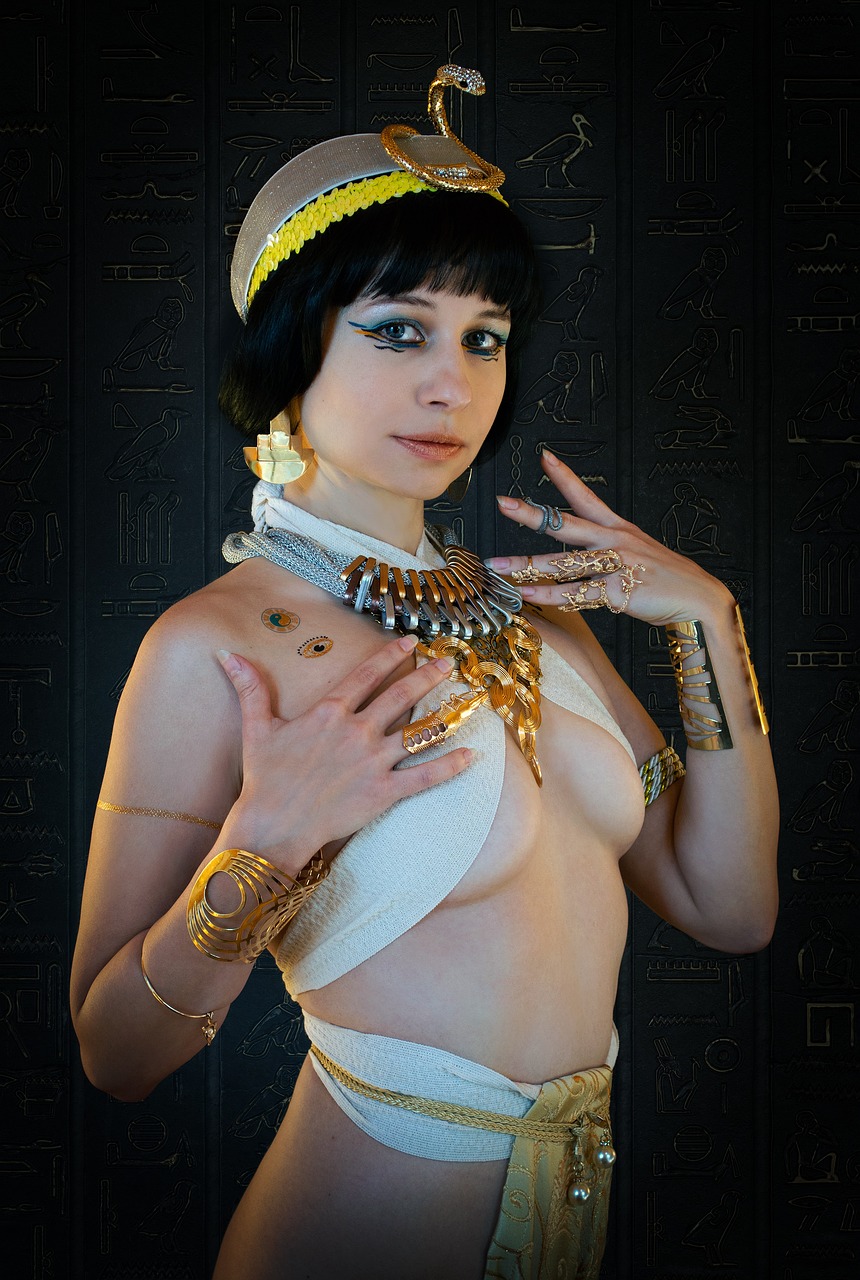
Ancient Egyptian religion represents a rich tapestry of indigenous beliefs that flourished from the predynastic era (4th millennium BCE) until the gradual decline of traditional practices in the early centuries CE. The intricacies of this faith system are woven deeply into the fabric of Egyptian society, especially from around 3000 BCE onward. It’s essential to…
-
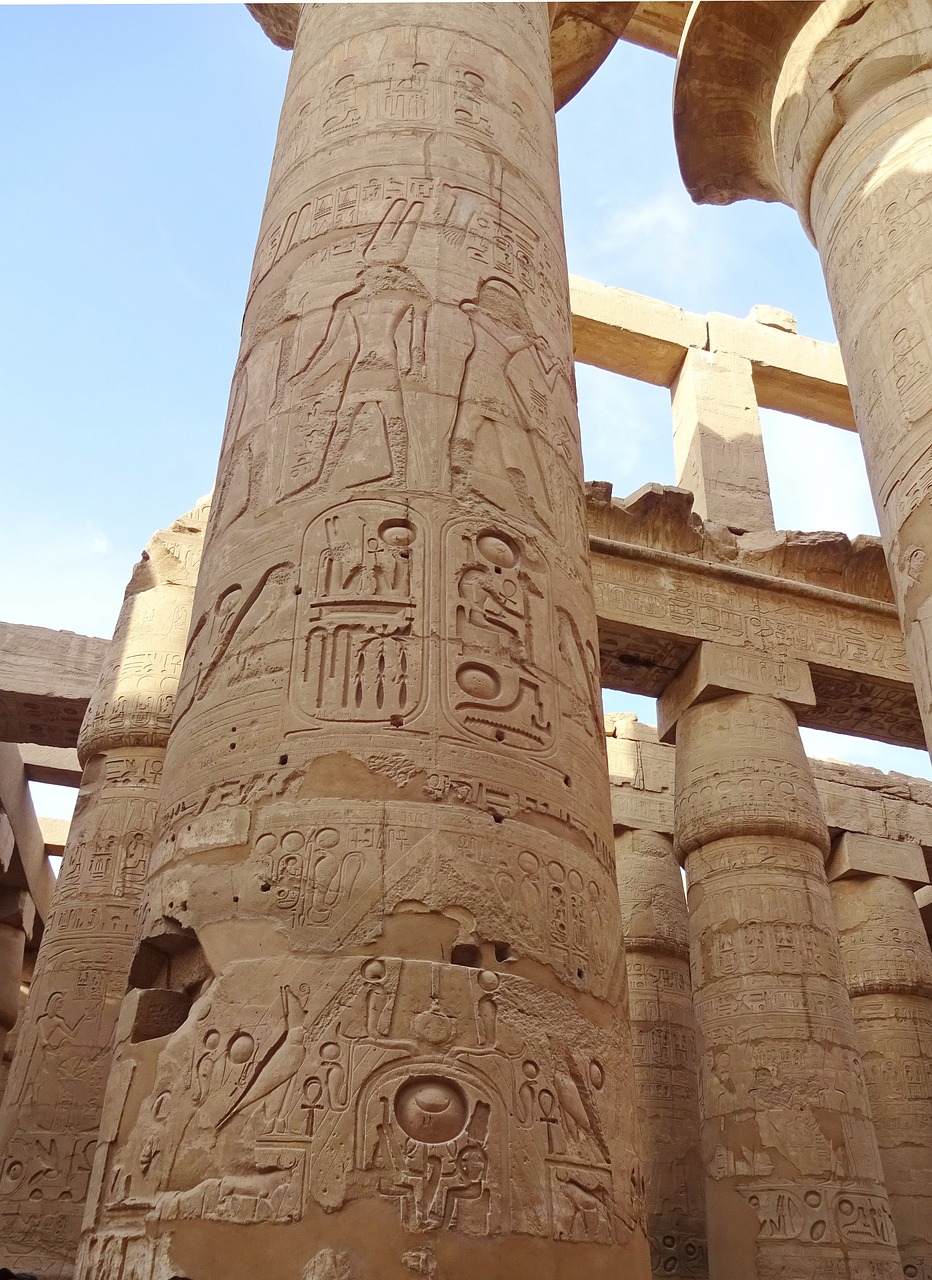
The Karnak Temple complex, dedicated to the worship of the god Amun-Re, served as the central religious hub in Thebes during Egypt’s New Kingdom period, spanning from 1550 to 1070 B.C.E. This site remains one of the largest religious structures worldwide. Rather than being a singular temple, Karnak encompasses several precincts, including those for the…
-
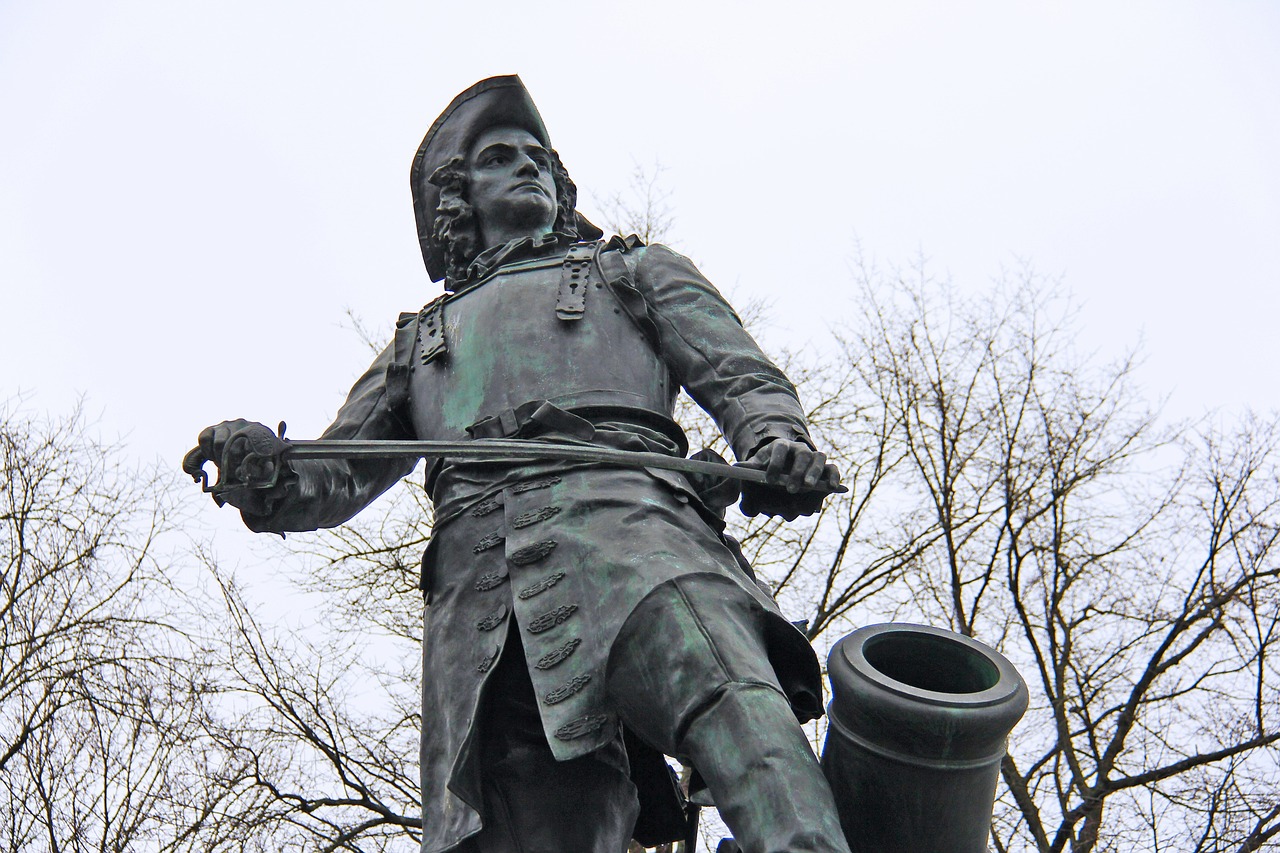
Aker: The Guardian of the Horizon in Ancient Egyptian Mythology Introduction to Aker Aker, a prominent deity in ancient Egyptian mythology, represented the horizon and served as both the guardian and gatekeeper to the realm of the Underworld. His influence permeates various legends and religious practices of the time, showcasing the complexities and beliefs of…
-
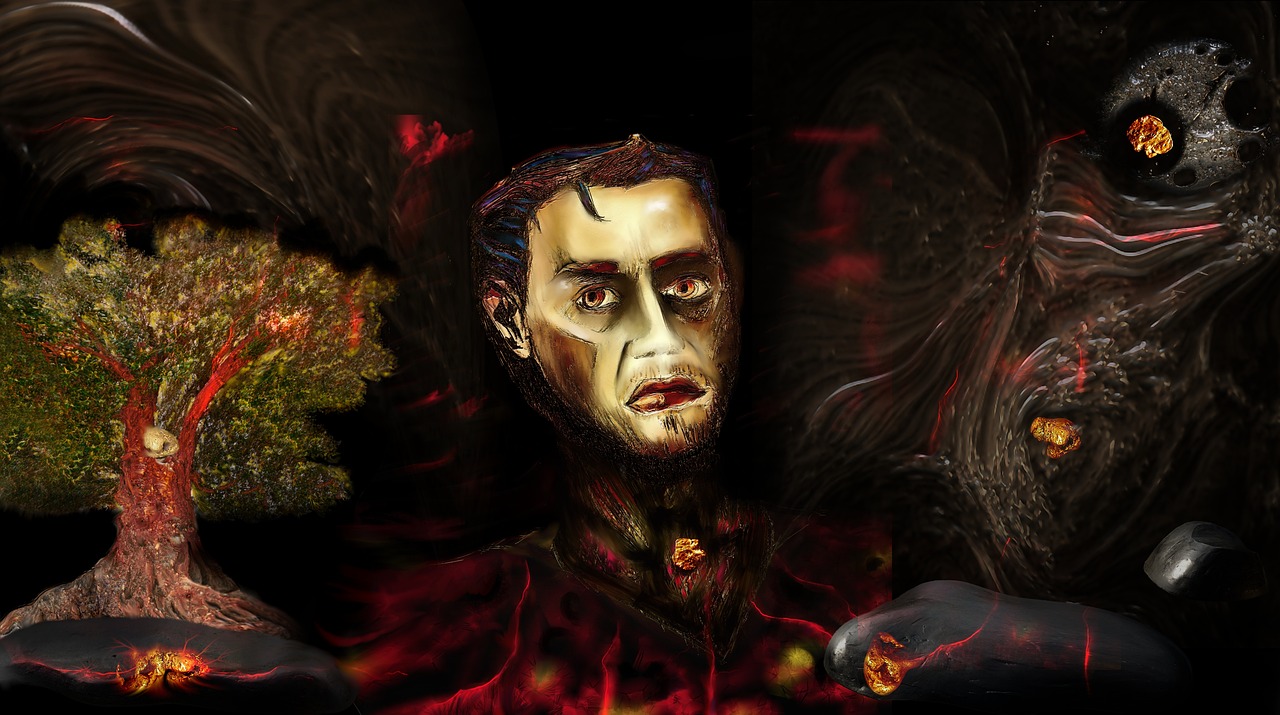
Prometheus, a Titan known for his foresight, played a significant role during the Titan War by aligning himself with the Olympian gods. He molded humans from clay and became aware of the divine fire possessed by the gods. Prometheus sought to assist humanity by gifting them fire. However, Zeus prohibited this act. Undeterred, Prometheus took…

